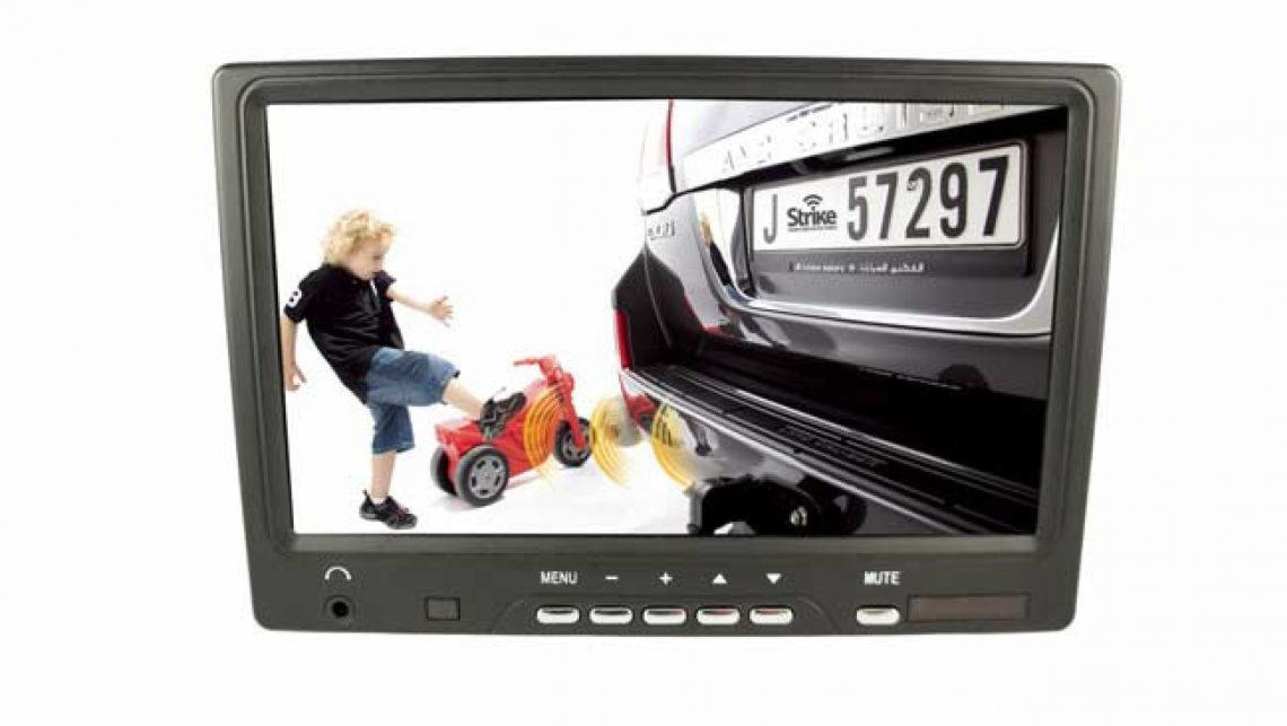Unfortunately, there was little room inside the car too.
Not so now. The Discovery 3, due to be launched in Australia around March next year, is positively spacious by comparison and certainly comparable to most of its competitors.
"Extra space was one of the key targets for this car," lead program engineer Steve Haywood says.
"There were so many targets we set ourselves but the interior packaging was right at the top.
"Of course, it had to be superb off-road, excellent on-road and be instantly recognisable as a Land Rover."
There is no disguising how important the Discovery is to Land Rover. It is the heart of the manufacturer's range, the vanguard of the next generation of cars and the model to take the sales fight into North America.
"The Discovery 3 is a new generation Land Rover, a vehicle of great conviction that points the way forward for the company," managing director Matthew Taylor says.
"As you would expect from a Land Rover it is awesome off-road. What may be more surprising to some is its great performance on-road too.
"The result is the widest breadth of capability in the class."
The Discovery 3 will launch in Australia with a mix of three engines and three specification levels in a price band from around $56,500 for the V6 petrol S with five seats and coil springs through to $91,500 for the HSE V8 with air suspension, seven seats and terrain response all-wheel drive.
"It is certainly a price increase over the outgoing model – about 20 per cent – but with all the technology and equipment improvements the Discovery 3 represents incredible value," Land Rover Australia managing director Steve Morten says.
Morten says there is a demand for the functional workhorse models without some of the more advanced technology.
"Some buyers do want the car with five seats and without air-suspension or an electronic rear diff. For those buyers the base S will be available in V6 petrol or diesel."
Morten says that while the third row of seats would be available as an option on the S models it would only be sold in a package with air-suspension and the same would apply for terrain response.
"They will be available but we are pricing the SE so sharply that with air-suspension and terrain response standard on those models, it doesn't make sense to option up the base model," he says.
Land Rover Australia is predicting sales of around 3500 for a full year, an increase of 30 per cent over the previous couple of years.
First drive
Land Rover's innovative Terrain Response system has made getting off the beaten track, and back again, as simple as it has ever been.
Twist a knob, flick a lever and away you go. A simplistic explanation, to be certain, but fairly close to the mark for a system which has taken the guesswork out of the best way to handle a wide range of difficult terrain.
"Terrain Response is a good example of Land Rover's commitment to offering 'smart' technology that aids the driver," Land Rover managing director Matthew Taylor explains. "It is easy to use. It simplifies rather than complicates driving."
With Terrain Response, a driver can select between five settings – on-road, slippery surface (grass/gravel/snow), mud, sand and rock crawl – with the simple twist of a knob. With a choice of high or low range there are effectively 10 settings available.
The system adjusts ride height, engine torque response, hill descent control, traction control, transmission and differential settings to best suit the nominated terrain.
"In developing the system we footprinted 50 differing surface conditions around the world," Discovery 3 chief program engineer Steve Haywood says.
"Of course it wasn't physically possible or practical to fit 50 settings on the car so we distilled those down to five most likely to be encountered by owners.
"It's like having an expert alongside you, to help you get the best out of the vehicle whatever the conditions."
The latest electronic wizardry is patented to Land Rover and according to Haywood will trickle down through the range as each new model comes on line over a couple of years.
On the test drive of the new Discovery in northern Scotland the system handled peat bogs, sand mountains, rocky traverses and deep water crossing with aplomb.
It is not magic ... there are some conditions which will still make a snatch strap and a shovel required equipment but the operating envelope is certainly much larger.
Given the Australian experience of most all-wheel drive vehicles rarely seeing the type of conditions which make Terrain Response a must, one of the key improvements in Discovery 3 is in the packaging.
No longer does the "reverse Tardis" – huge exterior, cramped interior – label apply.
The exterior is still huge, larger than the Range Rover and heavier at a maximum 2.7 tonnes than just about any other commercially available off-roader, but it is the improvement in interior space that is immediately noticeable. There is elbow and shoulder room for driver and front passenger. Unlike the previous model the door pockets are accessible beside the seat with the door closed.


.jpg)


.jpg)








.jpg)

.jpg)











Comments